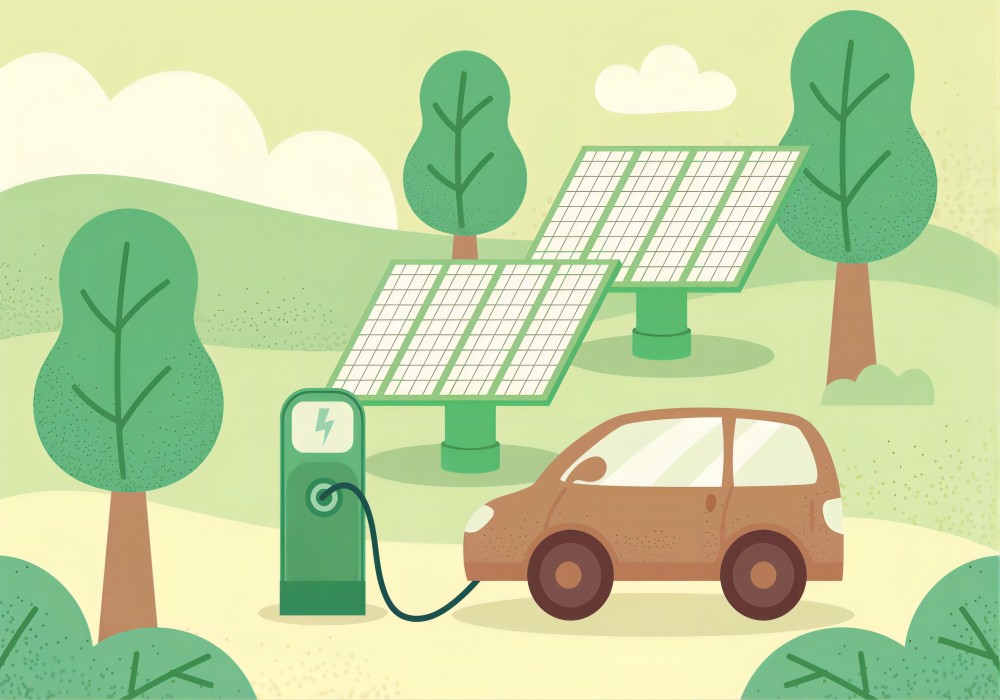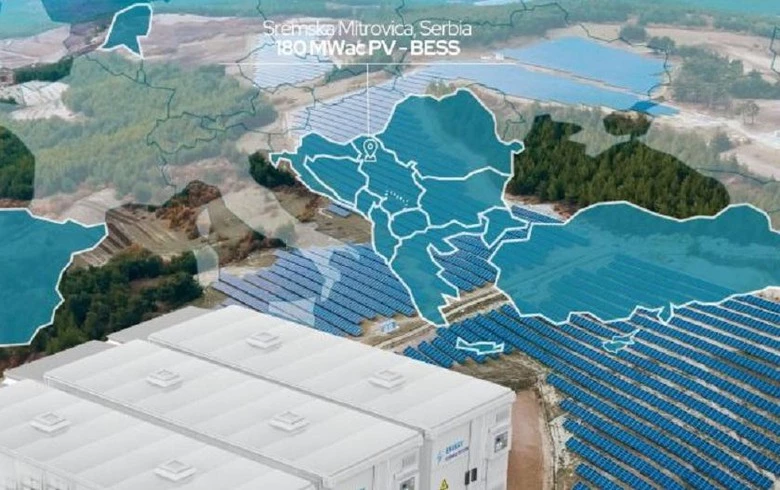Flexible solar cells offer vast potential in aerospace and electronics, but low efficiency has hindered their practicality. However, a recent innovation promises to revolutionize the field.
Challenges of Flexible Solar Cells
Traditional flexible perovskite solar cells (FPSCs) face efficiency issues due to the soft and inhomogeneous nature of their base material, polyethylene terephthalate (PET). Moreover, durability concerns arise from water and oxygen infiltration, leading to material degradation.
Innovative Solution: Chemical Bath Deposition Method
A team of material scientists from Tsinghua University and the National Center for Nanoscience and Technology in China developed a novel fabrication technique. This method, known as chemical bath deposition (CBD), enhances tin oxide (SnO2) deposition on flexible substrates, crucial for electron transport in FPSCs.
Achieving Efficiency and Durability Milestones
The team achieved a remarkable power conversion efficiency of 25.09% for FPSCs, a significant leap forward. Moreover, the durability of these cells was demonstrated by maintaining 90% efficiency even after 10,000 bends. This innovation promises scalability and commercial viability in various industries.
Future Outlook and Applications
The newfound efficiency and durability of FPSCs pave the way for widespread commercial application. From wearable technology to large-scale renewable energy solutions, the potential is vast. This breakthrough underscores the importance of innovation in advancing solar technology for a sustainable future.
Source:miragenews.com





